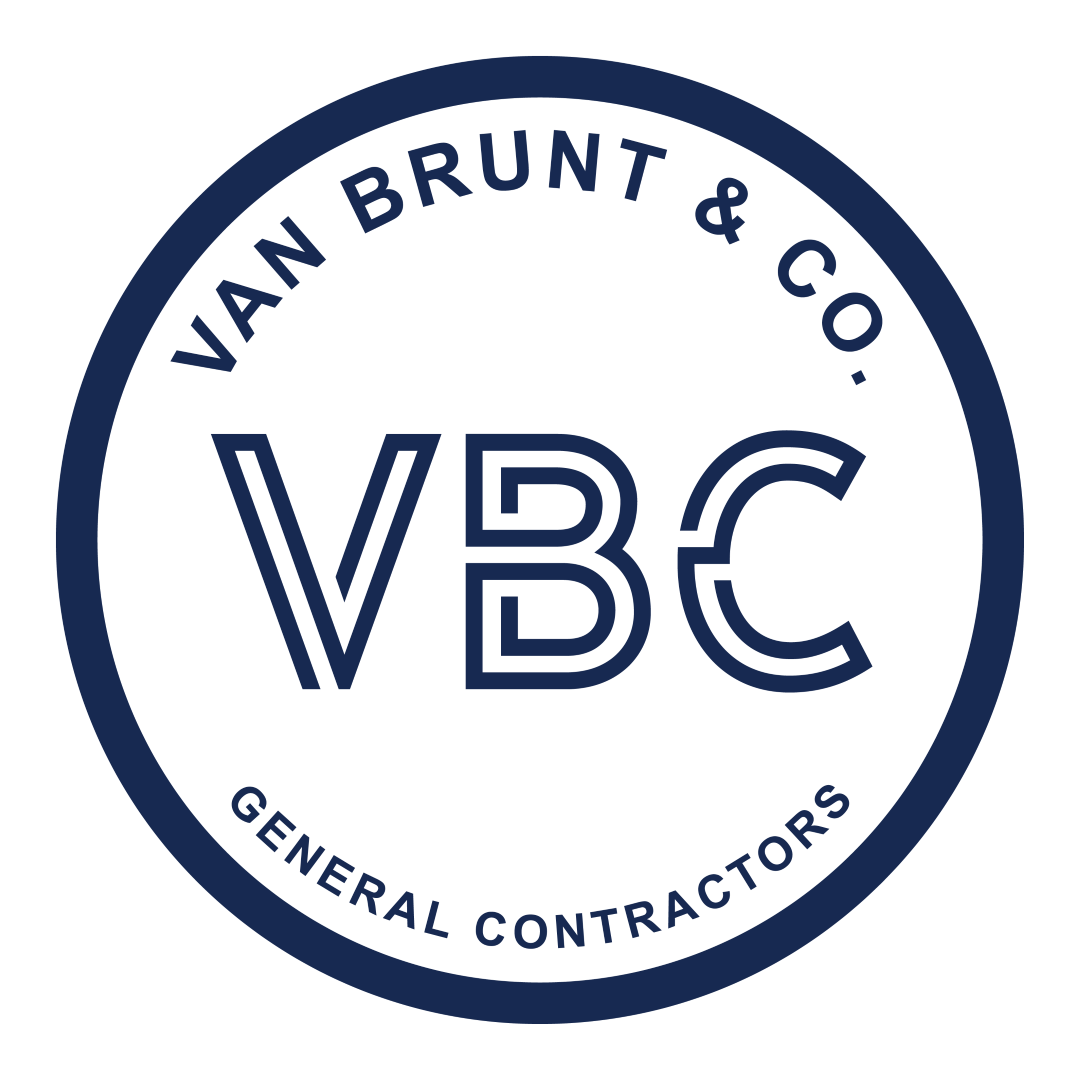Creating a well-designed medical office space involves more than just choosing a convenient location. Medical facilities must meet specific requirements to ensure they support daily operations, maintain regulatory compliance, and provide a positive patient experience. From layout and accessibility to hygiene and privacy, every element plays a vital role in how effectively a medical office functions. Medical professionals also need to consider zoning regulations, building codes, and healthcare-specific construction standards. Each space must accommodate both staff efficiency and patient comfort. Whether building from the ground up or remodeling an existing property, the design must align with healthcare guidelines while remaining flexible for future needs. Understanding these requirements helps healthcare providers plan smart, avoid costly delays, and create a space that serves both clinical goals and patient satisfaction.
10 Essential Requirements for an Effective Medical Office Space
Cost-Effective Medical Office Space
Affordability is the leading factor when doctors choose medical office space. A large surgical practice recently signed a long-term lease for 30,000 square feet in a new mixed-use development at $17 per square foot. This space includes an outpatient surgery center. Before finalizing the deal, the same group was offered identical space near a major hospital for $25 per square foot. Opting for a lower lease rate just a short distance away saved them significantly. Cost-conscious decisions like these can dramatically improve long-term profitability.
Convenient Access for Patients
Physicians prioritise locations with direct access to highways and major roads to help patients find their offices easily. If a clinic sits hidden in a remote or hard-to-reach area, patients might struggle with confusing routes or side streets. Ideally, once patients exit the highway, they should make no more than two turns to reach their destination. When someone feels unwell, the last thing they need is a stressful journey. Clear visibility and ease of access directly improve the patient experience.
Preference for Mixed-Use and Modern Buildings
Modern architecture and mixed-use developments increasingly attract medical professionals. Doctors seek inviting, well-designed buildings that enhance patient perception and comfort. Projects like The Wyomissing Corporate Campus, Meridian Place in Spring Ridge, and Exeter Ridge in Pennsylvania reflect this shift in preference. These developments combine aesthetic appeal with practicality, making them ideal for forward-thinking healthcare providers looking to grow.
Sufficient Parking and Accessibility Features
Doctors need more parking than standard office tenants due to steady patient turnover. While typical buildings offer two to three spaces per 1,000 square feet, physicians often require four to five to avoid congestion. Downtown locations usually fall short in this area, which pushes many doctors to consider suburban or campus-style facilities. Reserved parking and covered handicapped drop-off zones are highly valuable, particularly near outpatient treatment centres.
Custom Shell Space vs. Pre-Owned Layouts
Although shell office space may carry a higher upfront cost, it often proves more economical over time. Custom design and planning allow doctors to tailor the space for ideal patient flow and operational efficiency. This avoids wasting square footage and streamlines service delivery. In contrast, used office spaces often demand costly demolition or retrofitting, with no guarantee that the layout will meet modern needs.
Strategic Proximity to Referring Physicians
Doctors benefit from being close to peers in other specialties within a medical building. A family medicine physician, for instance, frequently refers patients to specialists like cardiologists or orthopedists. Having a network of inter-referring professionals creates mutual growth and strengthens patient care. This proximity builds community and enhances practice development through collaborative treatment models.
Integrating Ancillary Medical Services
“Ancillary Services” has become a key term in medical office planning. Historically dominated by hospitals, services like MRIs, sleep labs, imaging centres, physical therapy, and outpatient surgeries are now often integrated into private medical offices. Physicians increasingly seek space that supports these capabilities, offering patients more convenience while improving practice revenue. Adding diagnostic and treatment services under one roof enhances value for both providers and patients.
Rethinking Location Near Hospitals
As more procedures shift to outpatient care, the need to be near hospitals has declined. Doctors now favor relocating farther away, where lease rates tend to be lower. Many practices incorporate outpatient surgical facilities within or near their offices. This shift not only reduces costs but also allows physicians to design patient-friendly, purpose-built environments tailored to modern healthcare delivery.
Competitive Exclusivity in Leasing
Some physicians request exclusivity clauses that prevent similar specialists from leasing in the same building. While this can offer short-term peace of mind, it may not have lasting value. A competing practice can always open across the street, limiting the actual protection such clauses provide. Exclusivity is more relevant in rural areas or smaller markets where patient pools are limited and new hospitals are emerging.
High-Visibility Medical Signage
Signage plays a vital role in brand recognition for medical practices. Monument signs or building-top signage can help establish visibility, especially for major anchor tenants. However, local zoning often limits sign placement and size. Developers may still provide prominent branding opportunities that boost a practice’s presence. A clear and professional sign can attract new patients and solidify reputation.
Compliance With Healthcare Regulations and Building Codes
Medical office spaces must comply with stringent healthcare regulations and local building codes to operate legally and safely. This includes meeting OSHA (Occupational Safety and Health Administration) standards, ADA (Americans with Disabilities Act) accessibility guidelines, and fire safety regulations. Additionally, healthcare spaces often require specialised HVAC systems, soundproofing, and infection control features such as handwashing stations and antimicrobial surfaces. Failure to meet these standards can lead to fines, shutdowns, or delays in opening. When designing or remodeling, it’s crucial to work with architects and contractors experienced in healthcare construction to ensure the space passes inspection and meets licensing requirements. Staying compliant not only protects the practice legally but also builds patient trust.
Designing for Workflow Efficiency and Patient Privacy
An efficient layout supports smooth staff workflow while protecting patient confidentiality. Medical office designs should prioritise logical movement between reception, exam rooms, treatment areas, and administrative zones. For example, separate entry and exit pathways can help manage patient flow and reduce wait times. Exam rooms should include soundproofing to ensure conversations remain private, which is a key HIPAA requirement. Proper storage areas for medical supplies and records should be both secure and easy to access. By designing a space that enhances day-to-day efficiency and maintains privacy, practices can deliver better care while improving patient satisfaction and staff productivity.
Conclusion
Designing an effective medical office space requires more than aesthetics or location—it demands a strategic approach that balances patient comfort, operational flow, and regulatory compliance. From choosing cost-effective lease options to ensuring accessibility, every decision impacts daily operations and long-term success. Prioritising features like ample parking, modern layouts, and proximity to complementary specialists enhances both patient experience and practice efficiency. Incorporating ancillary services and maintaining privacy standards further position a medical office for growth. By understanding and planning for these essential requirements, healthcare providers can avoid costly setbacks and create environments that support clinical excellence, staff performance, and patient satisfaction. Whether starting fresh or upgrading an existing space, meeting these standards lays the groundwork for a thriving medical practice in a competitive healthcare landscape.
FAQs
What legal requirements must a medical office meet?
Medical offices must follow local zoning laws, meet ADA (Americans with Disabilities Act) accessibility standards, comply with OSHA regulations, and adhere to healthcare-specific building codes. If you offer certain services, you’ll also need to secure licenses, permits, and health department approvals.
How much parking should a medical office provide?
A medical office should offer more parking than a typical commercial space. Most practices aim for four to five parking spaces per 1,000 square feet to accommodate patients, staff, and visitors throughout the day.
What should a well-designed medical office include?
A strong medical office layout includes a welcoming reception area, private exam rooms, administrative offices, supply storage, and efficient patient flow. You should also use soundproofing and privacy features to protect patient confidentiality and comply with HIPAA.
Does a medical office need to sit near a hospital?
Not anymore. As more procedures shift to outpatient care, many doctors choose to set up practices farther from hospitals. This choice lowers lease costs and allows for more control over the design and functionality of the space.
Why do doctors prefer shell space for their offices?
Doctors choose shell space because it lets them customise the layout to match their workflow, patient needs, and brand. While shell space may cost more upfront, it often eliminates the need for costly remodeling later on.




